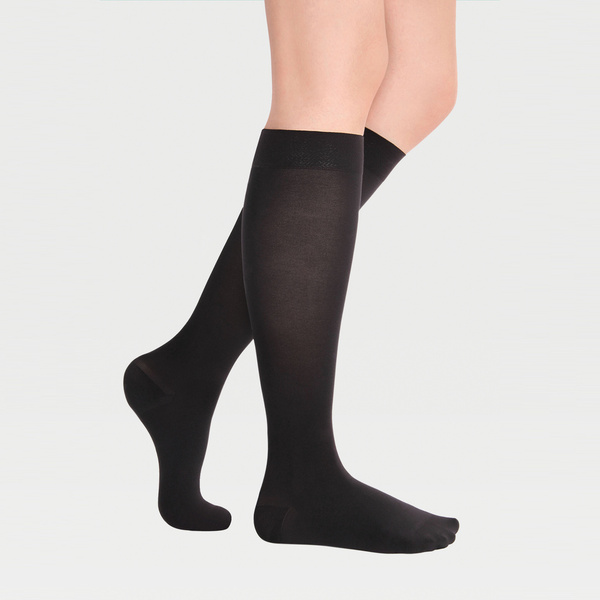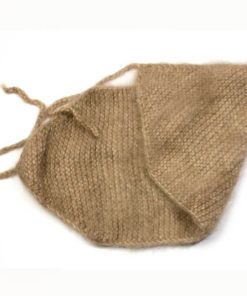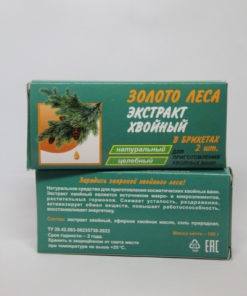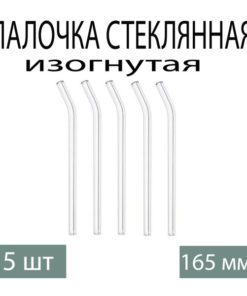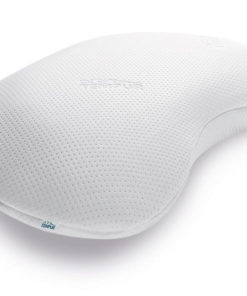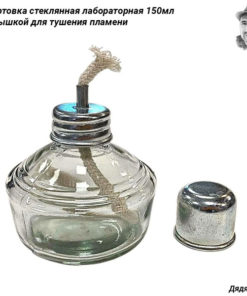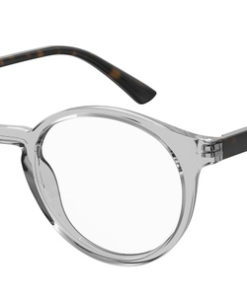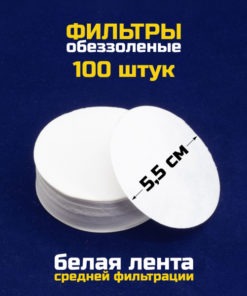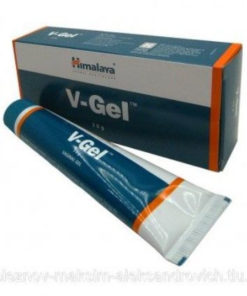Black Compression Socks, Class 2 Compression – Ecoten ID-200
Description:
Ecoten ID-200 closed-toe compression socks offer superior comfort and support. Designed for both men and women, these versatile socks are available in Class 1 (18-21 mmHg) and Class 2 (22-32 mmHg) compression levels. Choose from Normal (35-39 cm) or Long (40-44 cm) lengths. Features include a soft toe seam, enhanced durability, excellent moisture-wicking and breathability thanks to high fiber capillarity, flat seams, and graduated compression (reducing from bottom to top). Available in black and caramel. Sizes S-XXL available.
Indications for Use:
- Prevention of venous diseases
- “Heavy legs” syndrome
- Tendency towards obesity
- Compression therapy after phlebosclerotherapy and venous surgery
- Thrombosis of the leg veins, and post-thrombosis conditions (blood clot formation in the veins)
- Chronic venous insufficiency
- Reticular (net-like) varicose veins
- Lymphedema (tissue swelling due to lymphatic drainage impairment) and lipoedema (fat tissue swelling)
Consult a healthcare professional before use.
Contraindications:
Absolute:
- Impaired blood circulation in the leg arteries
- Cardiopulmonary insufficiency
- Blue painful phlebitis
- Skin rashes (dermatitis)
- Diabetic polyneuropathy
- Chronic polyarthritis
Relative:
- Individual intolerance to the material
Sizing Chart:
| Item Size | Ankle Circumference (cm) | Calf Circumference (cm) | Calf Circumference Below Knee Bend (cm) | Length from Foot to Point D (cm) |
|---|---|---|---|---|
| S (II) | 19-22 | 30-37 | 29-36 | NORMAL 35-39 LONG 40-44 |
| M (III) | 22-25 | 33-40 | 32-39 | NORMAL 35-39 LONG 40-44 |
| L (IV) | 25-28 | 36-44 | 35-43 | NORMAL 35-39 LONG 40-44 |
| XL (V) | 28-31 | 38-46 | 37-45 | NORMAL 35-39 LONG 40-44 |
| XXL (VI) | 31-33 | 41-51 | 40-50 | NORMAL 35-39 LONG 40-44 |
How to Choose Your Size:
Use the size chart, accurately measuring all parameters. Size selection is based on individual anatomical measurements. The top edge of the medical compression hosiery should be 5-10 cm above the affected vein. AD = Length from heel to point D; D = Calf circumference below the knee bend (2 fingers below); C = Circumference of the widest part of the calf; B = Circumference of the narrowest part of the calf above the ankles. The manufacturer does not guarantee full functionality if the size is incorrectly determined.
Instructions for Use:
Putting on the Compression Hosiery (by hand):
- Preferably put on in the morning. Ensure your nails are trimmed and rings are removed.
- Sit on a bed, sofa, etc. Keep your leg bent at the knee.
- Place the sock inside out.
- Insert your hand to the heel, grasp the heel with your fingers from the inside, turn it inside out only to the heel and smooth it out.
- Insert two thumbs inside the turned-out sock, stretching it wide.
- Pull up the heel section, aligning it with your heel. Secure it by stepping on your heel.
- At mid-foot level, make a small fold on the sock, grasp it firmly with your fingers on both sides, move it toward the instep, stretch it wide, resting against the heel (using both thumbs or the bottom of your palms). Wrap the stretched sock around the heel and pull it up to the ankle, smoothing the edge.
- Further, in sections (approx. 5 cm), grasp the sock, stretch, and smooth out the edge from wrinkles. When the foot is visible, ensure the heel section is in the correct position. If it’s shifted, grasp it with your fingers, pull it, and fix it correctly.
Putting on with a Butler Device:
- Place the butler on the floor, the arc facing you.
- Hold the sock, heel facing you.
- Pull the sock onto the butler up to the heel.
- Insert your foot, placing your foot on the floor.
- Pull the butler upwards to the knee.
- Remove the butler.
- Distribute the sock evenly on your leg.
- Smooth out any wrinkles.
Removing the Compression Hosiery:
- Grasp the top of the sock and, turning it inside out, pull it down to the knee, then ankle, and then toe.
- Do not pull on the elastic; grasp the knitted part of the sock.
Important Notes: If the sock is not sufficiently stretched – don’t pull it up by the top, lower it and stretch it again in sections, but more forcefully; it’s advisable to use gloves; for socks – do not put them on above the kneecap; for socks with a silicone band – do not apply cream or ointment to the area where the silicone band adheres; for tights and men’s hosiery – if the compression section is not sufficiently stretched, do not attempt to pull it up “like trousers” as the seams may burst and runs may appear. WARNING!!!! Do not cut the loose threads or labels to prevent unraveling. Wear the hosiery as recommended by your doctor. If no recommendations were given, wear them in the morning and remove them in the evening.
Care Instructions:
Daily delicate wash with mild detergents at a temperature of ≤ 30℃. Dry away from heating appliances and direct sunlight.
Keywords:
compression socks, compression stockings, medical compression socks, class 2 compression, Ecoten, ID-200, venous disease, varicose veins, lymphedema, lipoedema, thrombosis, black compression socks, men’s compression socks, women’s compression socks, graduated compression, closed-toe compression socks, support socks, leg pain relief, edema, phlebitis, deep vein thrombosis (DVT) prevention, blood circulation, venous insufficiency, healthcare, medical supplies.
 Free worldwide shipping on orders $99+
Free worldwide shipping on orders $99+  US: temporary delays — postal services aligning new import rules,
US: temporary delays — postal services aligning new import rules,  EU: 1–2 weeks,
EU: 1–2 weeks,  Worldwide: 1–4 weeks
Worldwide: 1–4 weeks 



